As the beech forest canopy opens up to reveal majestic snow-capped mountains, you know for sure this is one of New Zealand’s finest scenic highways. Mirror lakes fringe the Eglinton Valley road and ferns, mosses and lichens carpet the forest floor.
Leave your car at The Divide and climb to Key Summit to gaze in awe at the breathtaking view. The Hollyford, Greenstone and Eglinton river systems fall away beneath you and mountain ridges extend out in all directions in an alpine wonderland of rock, ice and snow. Further along the famous Routeburn Track, Lake Harris lies in absolute silence in the midst of a raw, heroic landscape.
Fiordland is named for the dozen glacier-carved fiords that indent the west coast. The Fiordland National Park also embraces New Zealand’s two deepest lakes, Manapouri and Hauroko, as well as our second largest lake, Lake Te Anau. The park is part of Te Waipounamu World Heritage Area. No other New Zealand region quite matches the scenic grandeur and vast scale of these southern landscapes.
Te Anau township is often called the ‘Tramping Capital of New Zealand,’ as it serves as the jumping off point for both the Kepler and Routeburn Great Walks, and also for the Hollyford, Greenstone, Caples and Mavora Lakes tracks. Across the lake visitors can visit the lovely Te Ana-au caves.
Lake Manapouri to the south, is a popular centre for cruises, kayak trips, walks and also the gateway to Doubtful Sound, where precipitous cliffs, thundering waterfalls and marine wildlife, create a unique wilderness environment.
Aerial sightseeing is a feature of this region. Floatplane flights leave from Te Anau lakefront for either a quick zip around the lake or longer flights over Milford and Doubtful Sounds.
Everywhere you go in Fiordland you see startling evidence of glaciation from the last ice age. This is a land of copious water supply – up to 7 metres of rainfall per annum. Vegetation is prolific, the landscape is on a gigantic scale and the visual memories you take away with you will last forever.

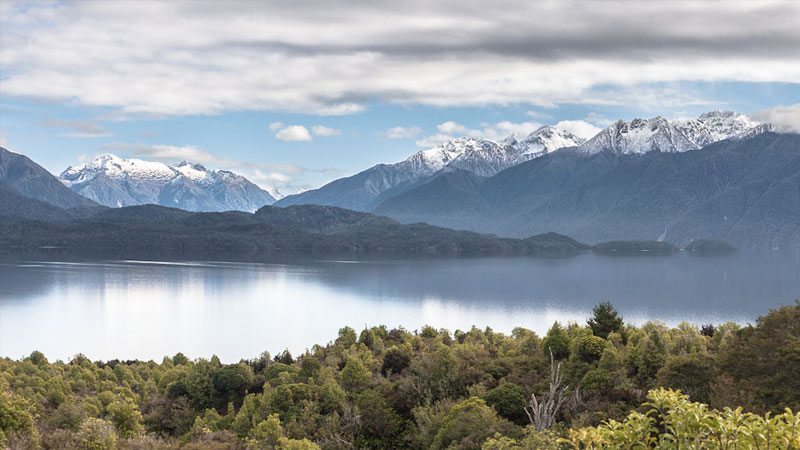
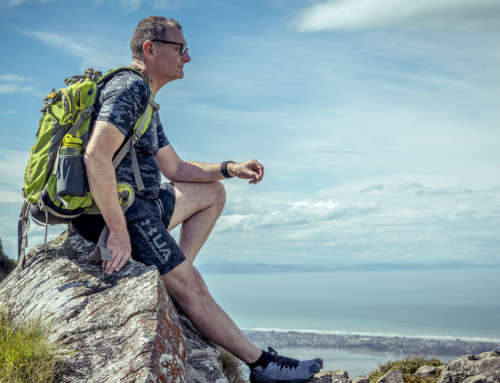
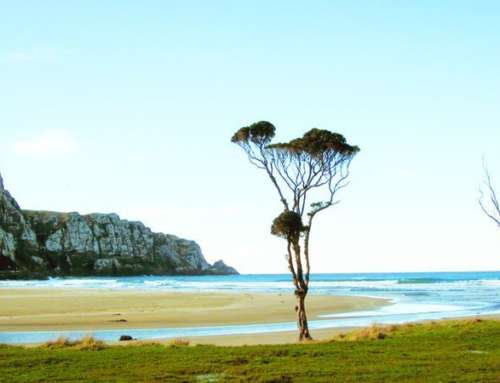
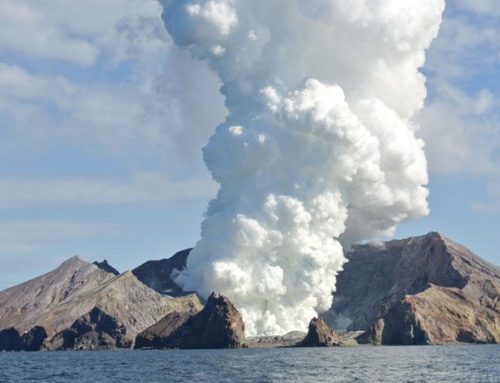
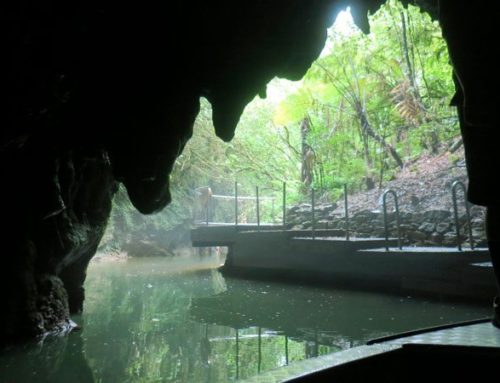
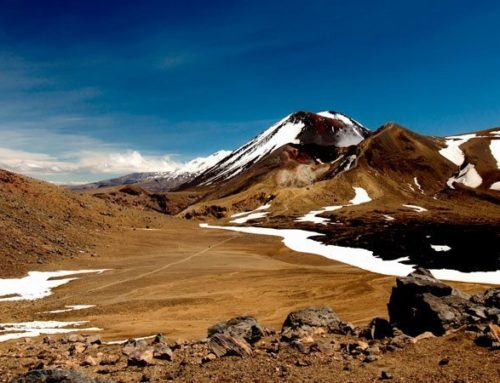
Leave A Comment